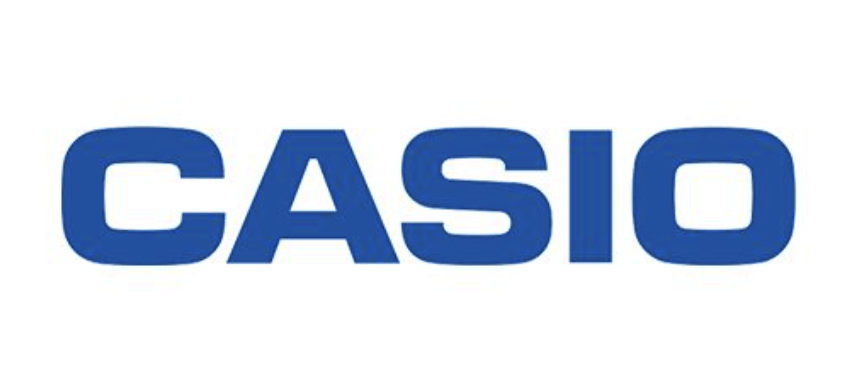Ƥ��ͧ�˶��ǹ��ڲ������һ���˶�����һ����������˶���Ҳ��һ����ϵ��˶����ڹ������չ������Ҳ�ǽ������𡣶���Ƥ��ͧ�Ļ���֪ʶ���ռ���Ϣ�dz��١����ڴ������ռ�����������һϵ�н̡̳�ϣ������ͨ������ô�Ҹ��õ�����Ƥ��ͧ�ļ������ɣ�����Ƥ��ͧ�˶��Ľ������֡�
----��������������ӭ ת�� ע��������
How to hold the paddle
����
Before we start paddling, we need to learn the correct technique to hold the paddle. Although this might sound obvious, there are some tricks worth knowing.
�ڻ���ǰ����Ҫ�˽���Ĺ���ԭ�������ʵ��շ�����Ȼ�������ף����в���ֵ�������С���ɡ�
 When you swim, you bend your fingers slightly into to the form of a cup. Most kayak paddles do the same with their blades. The cup of the blade is called the power face, since it creates the power that moves the kayak. The back of the blade, is called the back face.
When you swim, you bend your fingers slightly into to the form of a cup. Most kayak paddles do the same with their blades. The cup of the blade is called the power face, since it creates the power that moves the kayak. The back of the blade, is called the back face.���磬������Ӿ��ʱ��ˮ�����ƻ��γ�һ�����Σ�һЩ���Ľ�������Europaddles�����ǵĽ���Ҳ���л��ȵġ��ڰ���һ���Ϊʩ���棬��Ϊ��һ������ƽ�����Ķ�������һ��ͽ������档
 Most paddle blades are slightly asymmetrical, meaning that the upper edge of the blade is longer that the lower edge. To ensure that your paddle travels smoothly through the water, make sure that you are not holding your paddle upsidedown.
Most paddle blades are slightly asymmetrical, meaning that the upper edge of the blade is longer that the lower edge. To ensure that your paddle travels smoothly through the water, make sure that you are not holding your paddle upsidedown.������Ĵ�����������Щ���Գƣ�����������ˮ�¸�ƽ�����˶������Բ�Ҫ�÷������� ��ȷ���Ƕ�����������ġ������������档
 Recommended grip width is roughly the distance between your elbows or a little less. While paddling, it's usually a good idea to change your grip width every now and then so that the workload is spread evenly amongst your muscles. Wide grip gives you more power and control. Narrow grip is usually more pleasant for long distance paddling.
Recommended grip width is roughly the distance between your elbows or a little less. While paddling, it's usually a good idea to change your grip width every now and then so that the workload is spread evenly amongst your muscles. Wide grip gives you more power and control. Narrow grip is usually more pleasant for long distance paddling.�Ƽ��������ս������º����������ͬ������СһЩ���ڻ���ʱ���������ɵ����ü�࣬�Ա��ڸ��õ��ڸ��������Ϸ��为�ء������Ҫ����Ļ���������������������������࣬�෴�������;���У������ʶ���С����˫�ֶԳ���ס�������ô�����ץˮ���������Լ�����������������ͷ�����ֱ۵�С�ۺʹ�۵ĽǶ�Լ30�Ⱦ��������ⲿ�ľ��룬Ҳ�ǺϺ���ѧ��ץ���ľ��롣��
 Typically a touring paddle' blades are feathered, meaning that the blades point to different directions. A bit like the blades of an airplane propeller. This helps reduce the air resistance of the raised blade.
Typically a touring paddle' blades are feathered, meaning that the blades point to different directions. A bit like the blades of an airplane propeller. This helps reduce the air resistance of the raised blade.Paddles can be feathered for left- and right-handed paddlers. Unless you plan to kayak with only your own paddle, try to learn to use a right-handed feather, as left-handed paddles are not commonly found at rental shops and outfitters.
The following instructions are for right hand feathered paddles.
���͵������۽�Ƭ��һ���ǶȲ��ɻ��������������������ڼ�С���ˮ��֮�Ͻ�Ƭ��������һֻ�������ֽ������ֽ�֮�֣����ֽ�Ϊ��Ʋ����ƣ����ټ���������Ҫ������ֽ���
 Your right hand is your control hand. This means that your grip is fixed and does not change during the strokes. You can control the angle of the blade by your right hand.
Your right hand is your control hand. This means that your grip is fixed and does not change during the strokes. You can control the angle of the blade by your right hand.Don't hold the paddle too tight, otherwise your hands will quickly tire.
���ֽ������������ǿ����֣�����ζ�ţ������ս����ǹ̶��ģ������ڻ��������в��ı䡣��������������������˶��Ƕȡ���Ҫ����������ץ�Ŵ�������Ȼ����ƣ�͡�
 Your left hand should grasp the paddle shaft loosely, to allow your right hand to twist the paddle to desired angles for turning, bracing and rolling.
Your left hand should grasp the paddle shaft loosely, to allow your right hand to twist the paddle to desired angles for turning, bracing and rolling.The "right hand fixed, left hand loose" technique is ideal for a wide variety of strokes, recoveries and manoeuvers.
�����������ս��ˣ����������������ĽǶȣ�������ˮ����ˮ�����ͷ�����ķ�����λ�������ֽ��������ɡ��Ǹ��Ƚ�����ķ�ʽ�������ڲ�ͬ���͵Ļ�ˮ����λ��ת������


















 ���������������Ҵ��룬�ղ�����֤�룬��ϵ����Ա��:zhb7171608
���������������Ҵ��룬�ղ�����֤�룬��ϵ����Ա��:zhb7171608 















��������
��û�����ۣ�ɳ����������